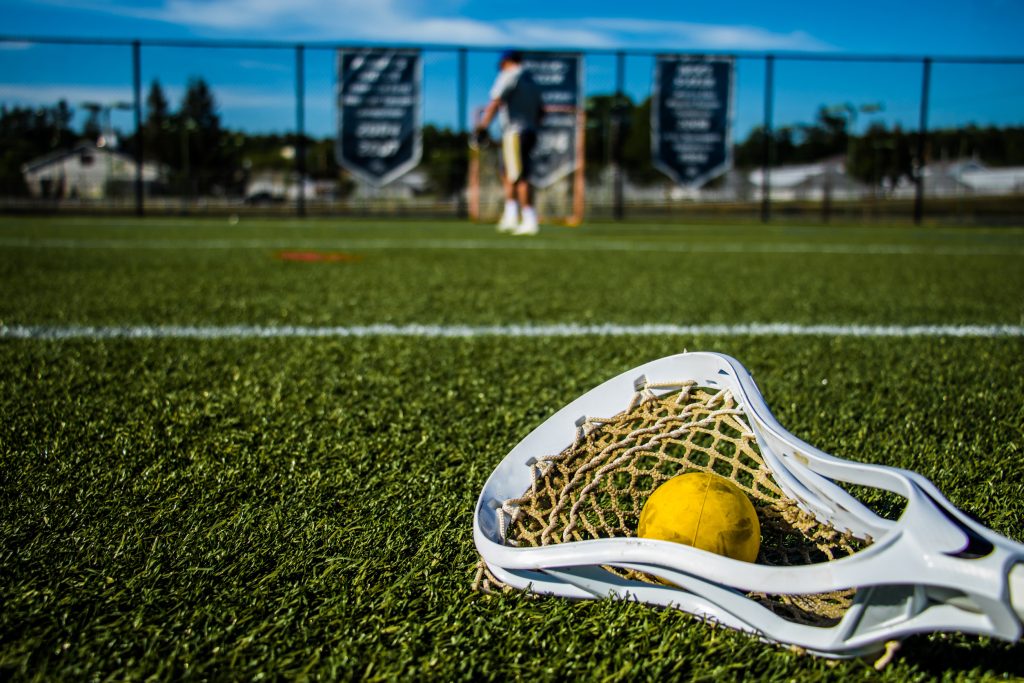
Contact sports like football, hockey, rugby, and lacrosse are popular among teenagers, offering benefits like physical fitness, teamwork, and discipline. However, alongside these positives, there’s an ongoing discussion and concern about how participation in these physically aggressive games might impact teen behavior, both on and off the field. Parents often weigh the advantages against potential risks, including personality changes or increased aggression. Understanding the potential links between contact sports teen behavior is crucial for making informed decisions and providing appropriate support.
1. The Aggression Question
One of the primary concerns is whether the inherent aggression in contact sports translates into a teen’s general behavior. These sports often require players to be forceful and assertive, which is channeled within the game’s rules. Some studies suggest a correlation between participation in certain contact sports and higher levels of aggression off the field, while others find no significant link when other factors are controlled. It’s important to differentiate between game-day intensity and everyday aggressive tendencies when evaluating contact sports teen behavior.
2. Concussions and Brain Health
The risk of concussions and other head injuries is a significant factor in contact sports. Emerging research continues to explore the long-term effects of such injuries on brain health, which can include changes in mood, behavior, and cognitive function. Irritability, impulsivity, and depression have been linked to traumatic brain injuries. Parents should be vigilant about concussion protocols and recognize that changes in contact sports teen behavior could sometimes be neurologically based.
3. “Gladiator” Mentality and Culture
The culture surrounding some contact sports can sometimes glorify toughness to an extreme, potentially encouraging a “win at all costs” or overly aggressive mentality. This environment might inadvertently teach teens that intimidation or physical dominance are acceptable ways to solve problems or gain respect. If this spills over into daily life, it can negatively affect contact sports teen behavior. The influence of coaching philosophy and team culture plays a significant role here.
4. Positive Behavioral Influences
Conversely, contact sports can instill many positive behavioral traits. They teach discipline, resilience in the face of adversity, and the importance of teamwork and cooperation. Learning to manage emotions under pressure, respect authority figures like coaches, and commit to rigorous training schedules can contribute to mature and responsible contact sports teen behavior. These sports can provide a constructive outlet for energy and build strong character.
5. The Role of Coaching and Mentorship
The behavior and philosophy of coaches and other mentors in a teen’s sporting life can profoundly influence outcomes. Coaches who emphasize sportsmanship, respect for opponents, emotional regulation, and the responsible use of aggression can help mitigate negative behavioral impacts. They can model positive conflict resolution and stress that on-field tactics don’t apply to everyday interactions. Quality mentorship is key to shaping positive contact sports teen behavior.
6. Individual Differences Matter
It’s crucial to remember that every teenager is different. Factors like pre-existing temperament, family environment, social support systems, and coping mechanisms will influence how a teen is affected by contact sports. Some teens may thrive in the structured, physically demanding environment, while others may be more susceptible to negative behavioral influences. Observing your specific child’s reactions and changes in contact sports teen behavior is more telling than broad generalizations.
7. Open Communication with Your Teen
Maintaining open lines of communication with your teen about their experiences in contact sports is vital. Encourage them to talk about the pressures they face, their feelings about aggression in the game, and any behavioral changes they notice in themselves or their teammates. This dialogue allows parents to monitor their well-being, address concerns proactively, and reinforce positive values. It fosters a supportive environment for healthy contact sports teen behavior.
A Balanced View on Youth Athletics
The impact of contact sports on teen behavior is complex, with both potential risks and significant benefits. There’s no one-size-fits-all answer, as individual experiences vary greatly. By staying informed about potential issues like aggression and head injuries, fostering open communication, and ensuring a supportive and well-mentored sporting environment, parents can help maximize the positives. Vigilance and a balanced perspective are key to navigating the world of contact sports teen behavior.
What are your experiences or concerns regarding the impact of contact sports on teenagers’ behavior and development?
Read More:
How to Handle Teen Rebellion Without Damaging Your Relationship
Your Teen Is Lying to You About These 6 Things—Here’s How to Catch Them
The post Can Contact Sports Impact Teen Behavior? What Parents Should Know appeared first on Budget and the Bees.







